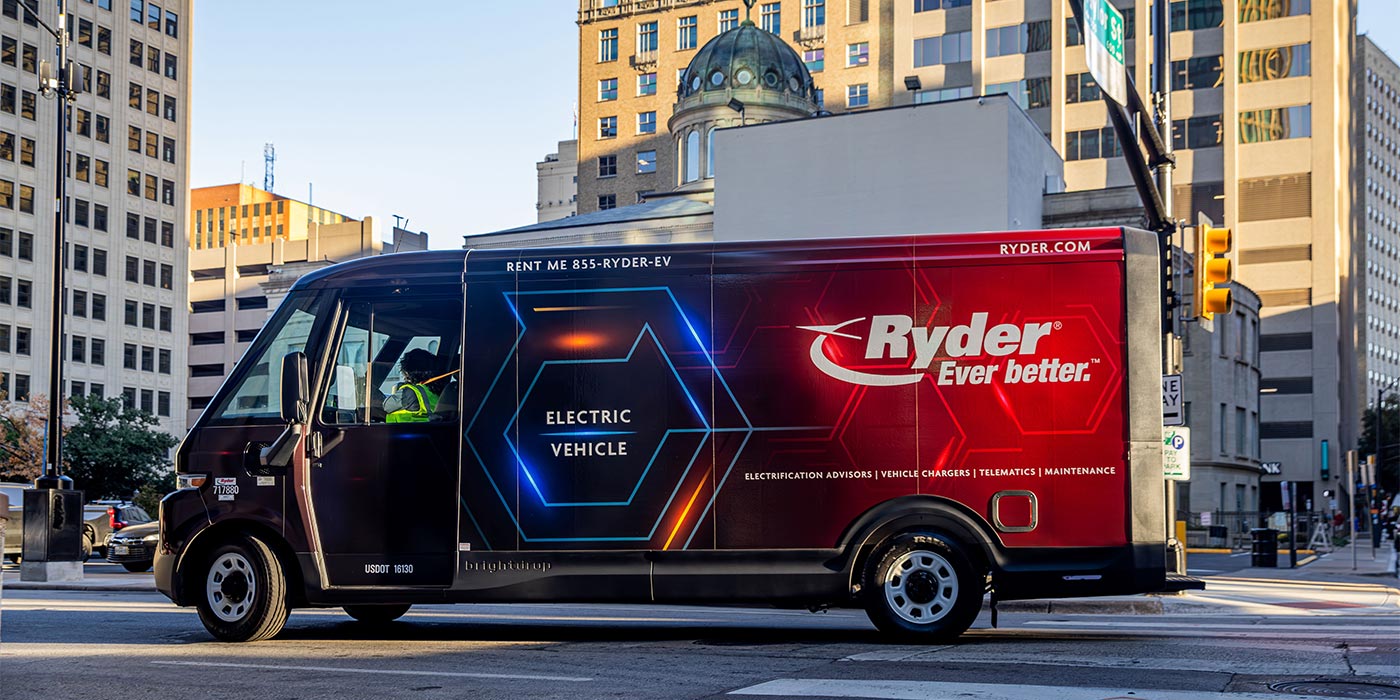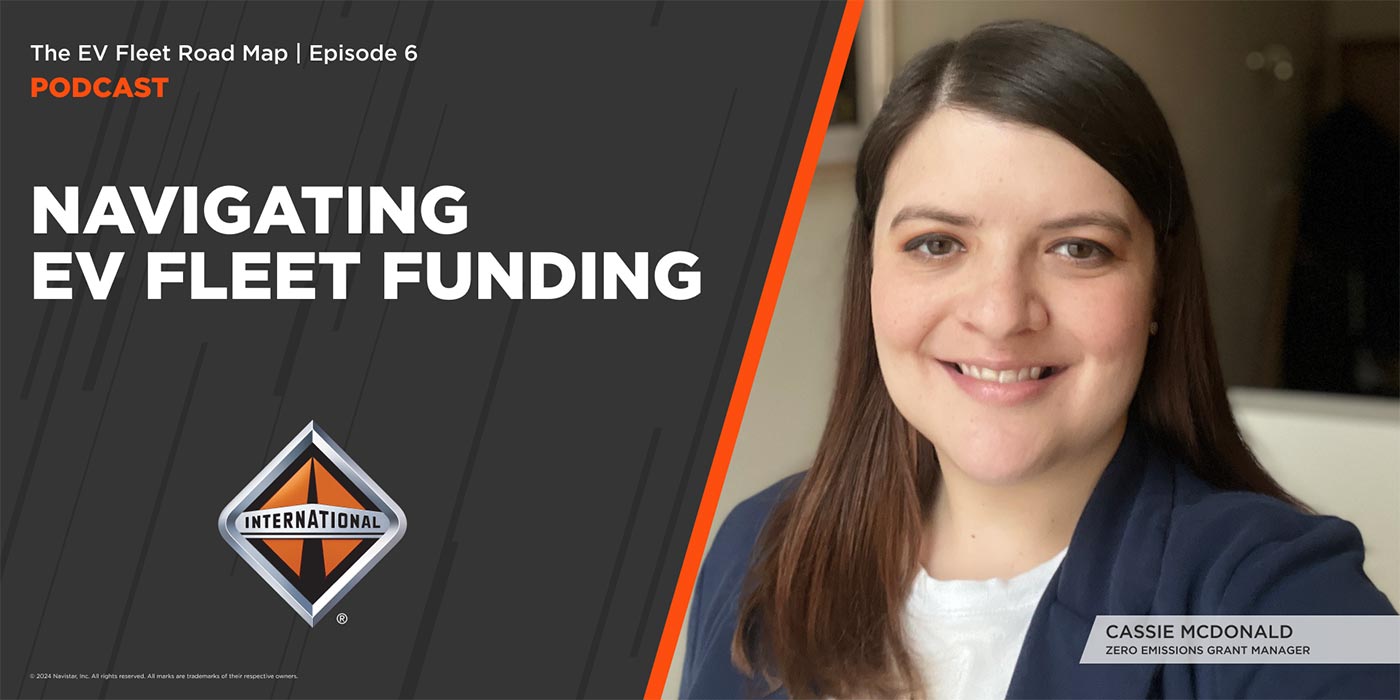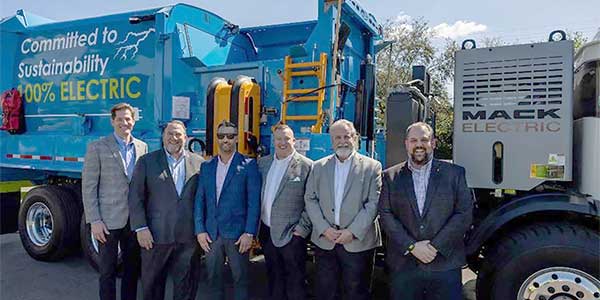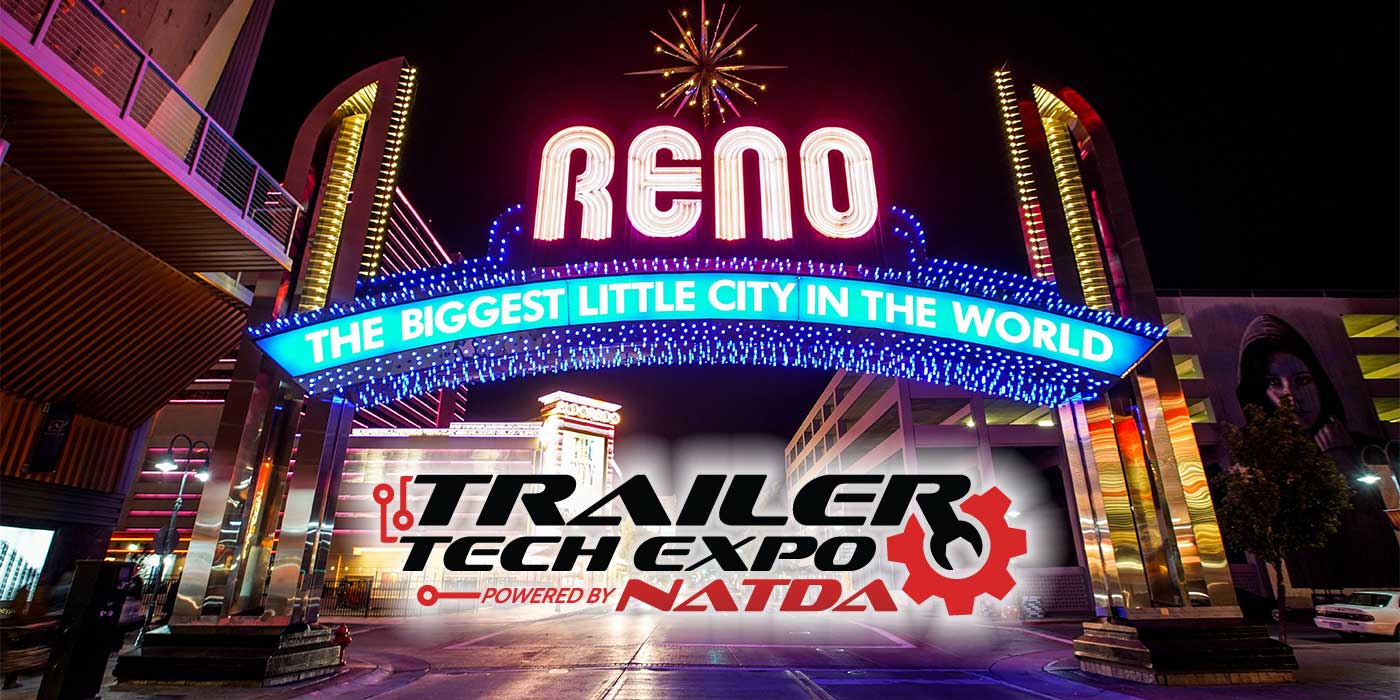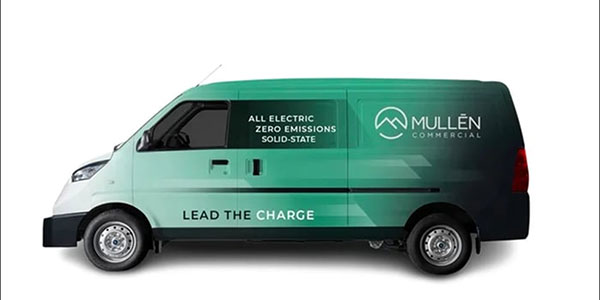As the use of alternative fuel powered light- and medium-duty trucks rises, fleet managers are applying proven management techniques to monitor and validate their choices. Thanks to a new partnership between CALSTART and Utilimarc, interested fleets now have available a very valuable resource for up-to-date information on these technologies, and for benchmarking their performance.
CALSTART, a clean transportation technology and policy consortium, and Utilimarc, a fleet benchmarking, reporting and analysis firm, have joined forces to help fleets understand alternative fuel vehicle performance and make smart, cost-effective choices and improvements in their operations. CALSTART, which is known for its Hybrid Truck Users Forum (HTUF), brings to bear its expertise to guide fleets in selecting and implementing new technology, and measuring its benefits. Utilimarc’s benchmarking data plays a critical role in assessment, monitoring and ROI calculation, ensuring a reliable comparison of industry-specific metrics with an emphasis on tracking alternative fuel vehicles.
Fleet managers, meanwhile, are sharing what they have learned about alternative fuel powered vehicles. During the 2010 Electric Utility Fleet Managers Conference, three fleet executives described their experiences.
Mike Allison, director at Duke Energy, related his fleet’s use of hybrid trucks, including groups of 2006 and 2009 models. “Initial acceptance by operators was good, and we found that savings were very application-driven,” he said. “Fuel savings from ten to 30 percent were realized with the initial vehicles, and while we did have some performance complaints, those were corrected through software changes.”
Allison went on to report that hybrids and baseline vehicles in the Duke fleet were fitted with data capture systems to compare operating information. For the most closely matched vehicles, both driven approximately 22,000 miles, the fleet learned that the hybrid unit used 25 percent less fuel and accumulated 800 fewer engine hours. Overall, fuel economy was 6.83 MPG for the hybrid versus 5.60 MPG for the diesel-powered model.
Dave Meisel, director – Transportation Services, at Pacific Gas and Electric Company, related that fuel savings are very duty-cycle dependent so one type of alternative fuel vehicle does not fit all applications. Evaluating choices, he noted, should be about looking at the highest value proposition elements.
Meisel also defined several issues that should be addressed. Included were employee challenges, such as familiarity with the operation of the equipment and the availability of qualified technicians. In addition, there are price and return on investment questions as performance varies significantly based on make, model and manufacturer, even among like technologies. Also to be considered are parts availability and technical issues related to batteries and charging systems.
Reporting “strong user acceptance and trucks meeting mission needs” was Claude Masters, manager –
vehicle acquisition & fuel at Florida Power & Light. To date, FPL had 24 Class 6-7 hybrid trucks in operation, with 36 months of service on the first units and over one million miles of combined road service. At over 99%, availability of the hybrid trucks has been high, he noted. In addition, hybrid truck fuel economy showed fuel savings of 32 to 47% (measured in gallons per hour).
“Data collection of all critical elements is important,” Master also said. “Factors affecting fuel economy include highway driving conditions and engine off PTO operation. The success of hybrid vehicles comes from matching the mission to realize efficiencies.”
Editor’s Note: The 2011 Electric Utility Fleet Managers Conference will be held June 19-22, 2011 at the Williamsburg Lodge and Conference Center in Williamsburg, Va. For more information, visit www.eufmc.com.









